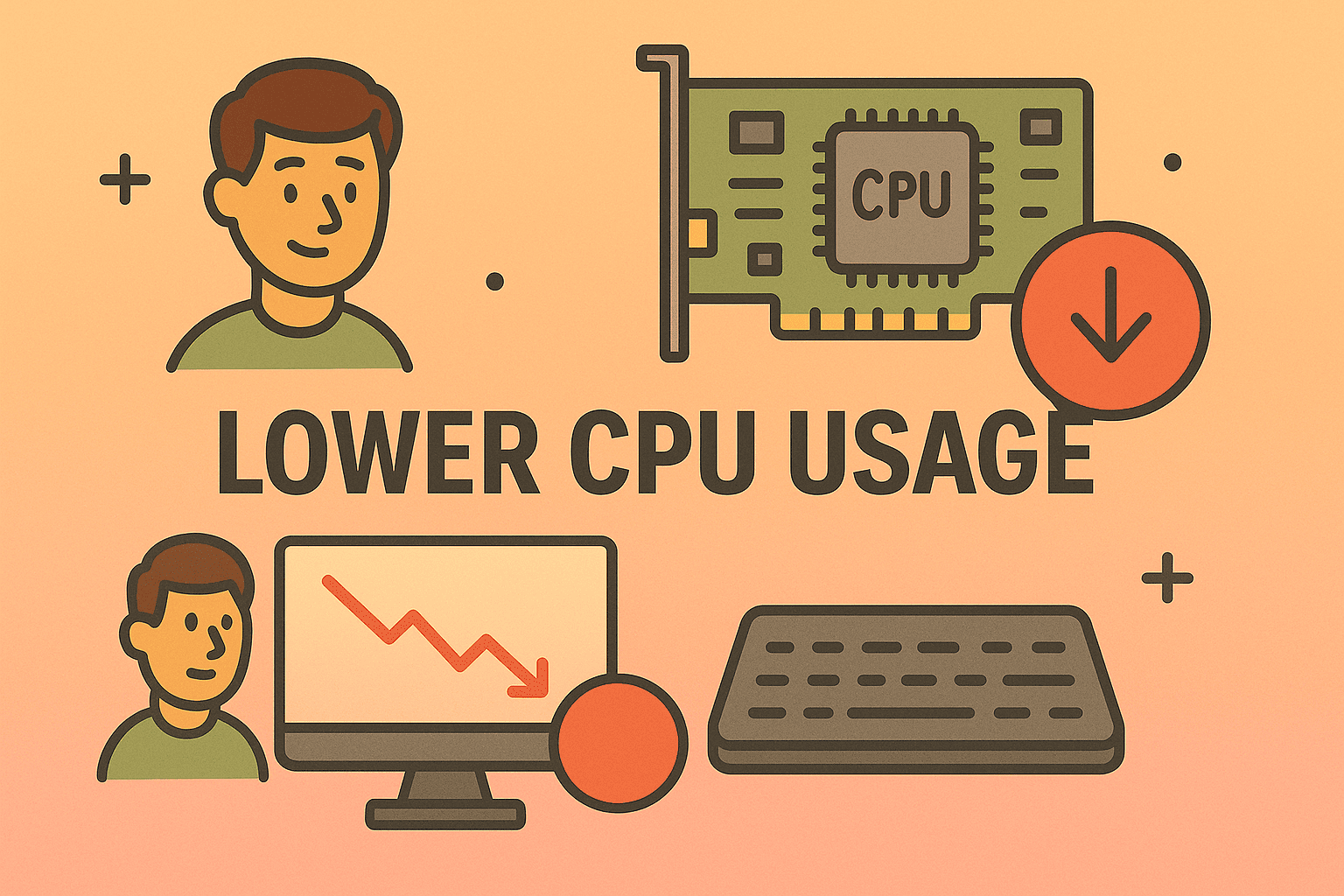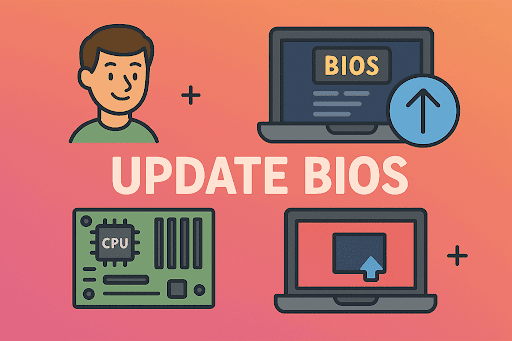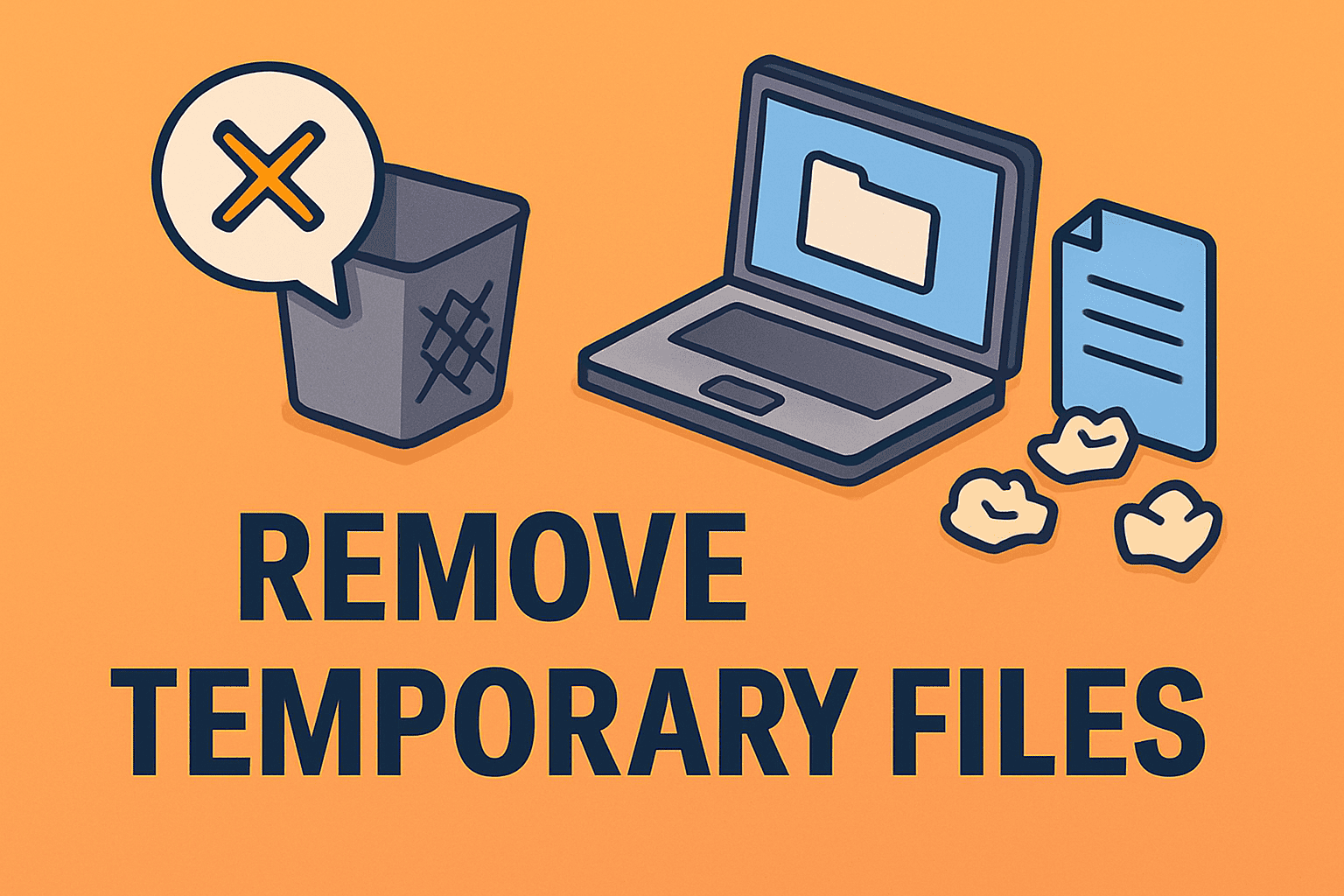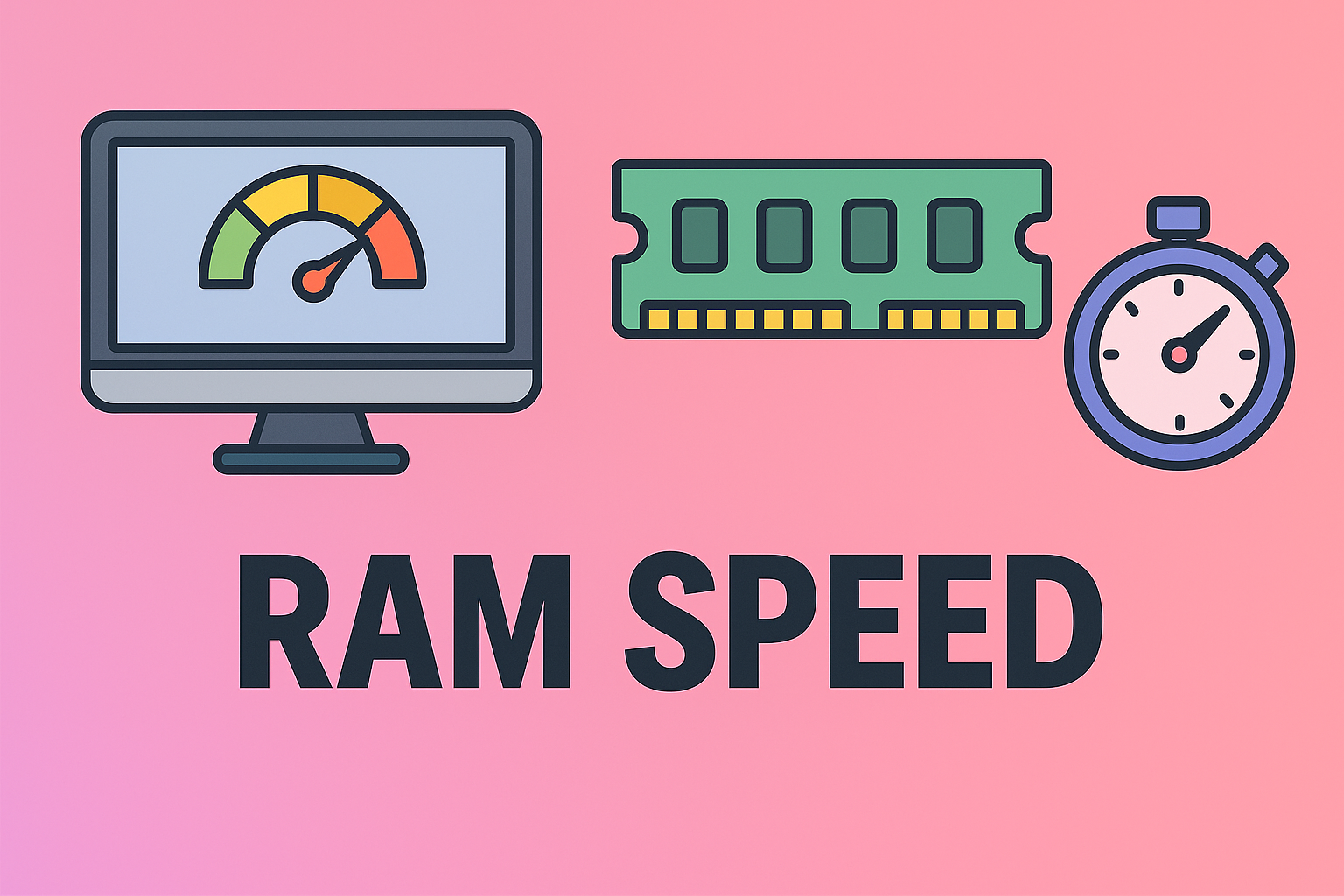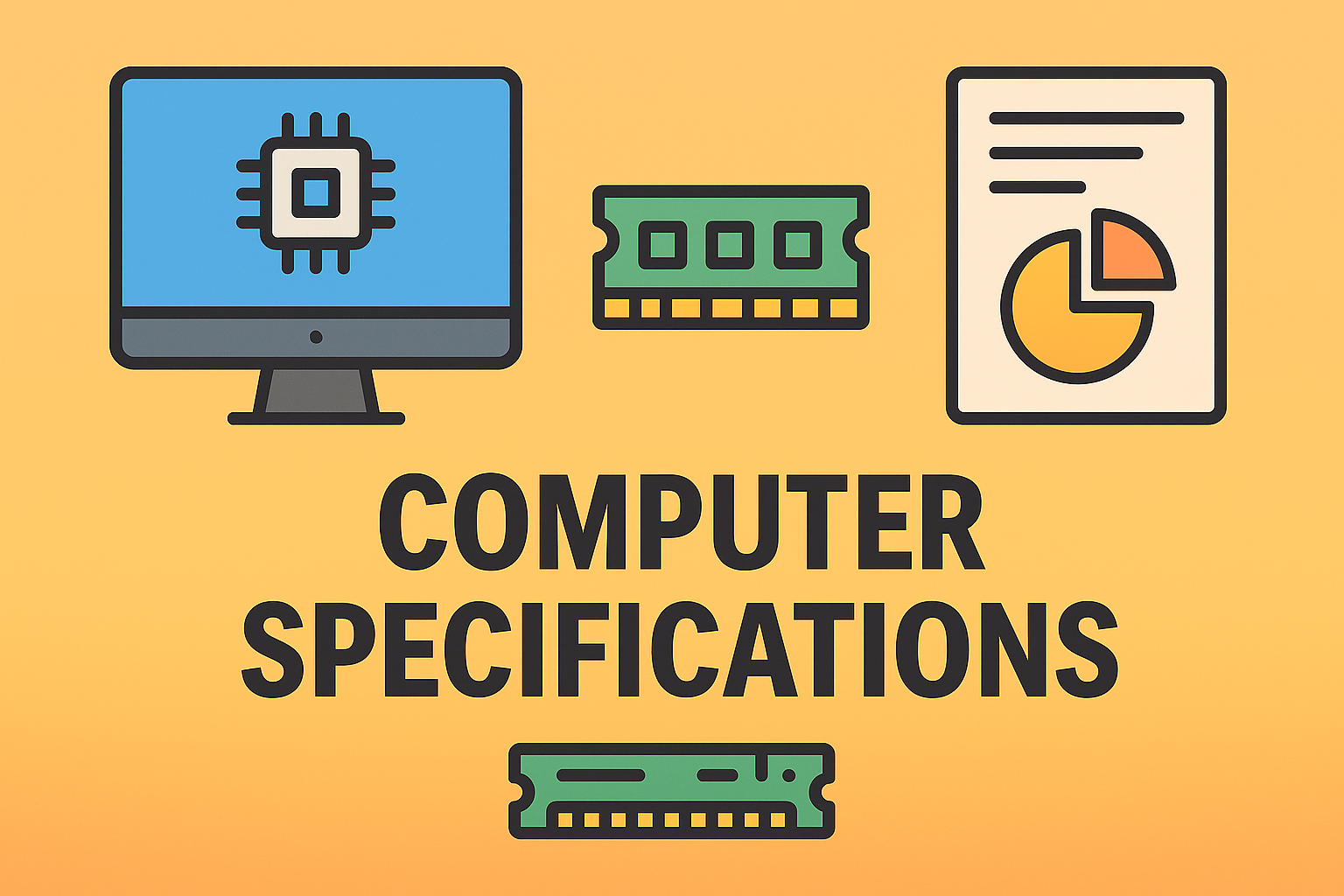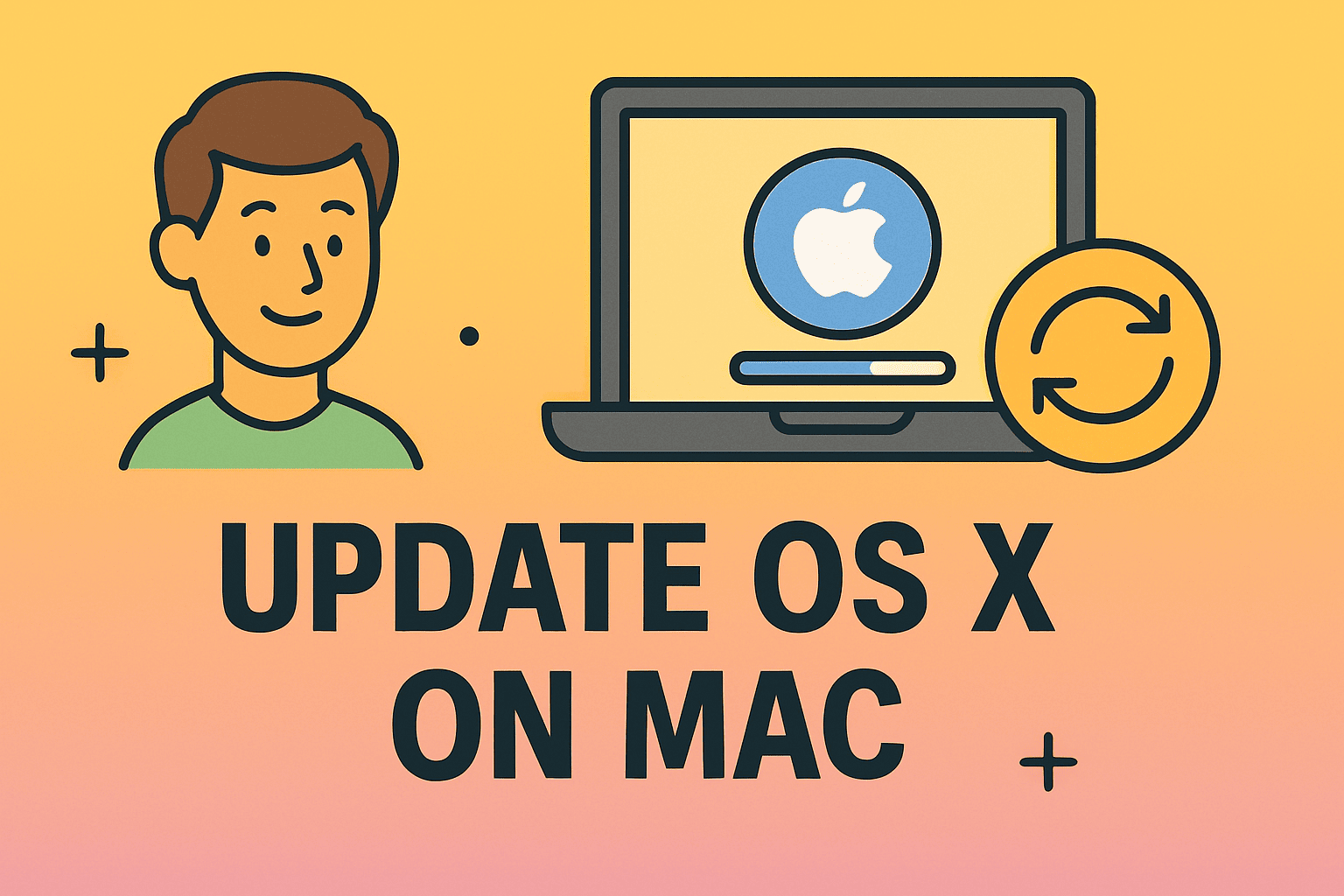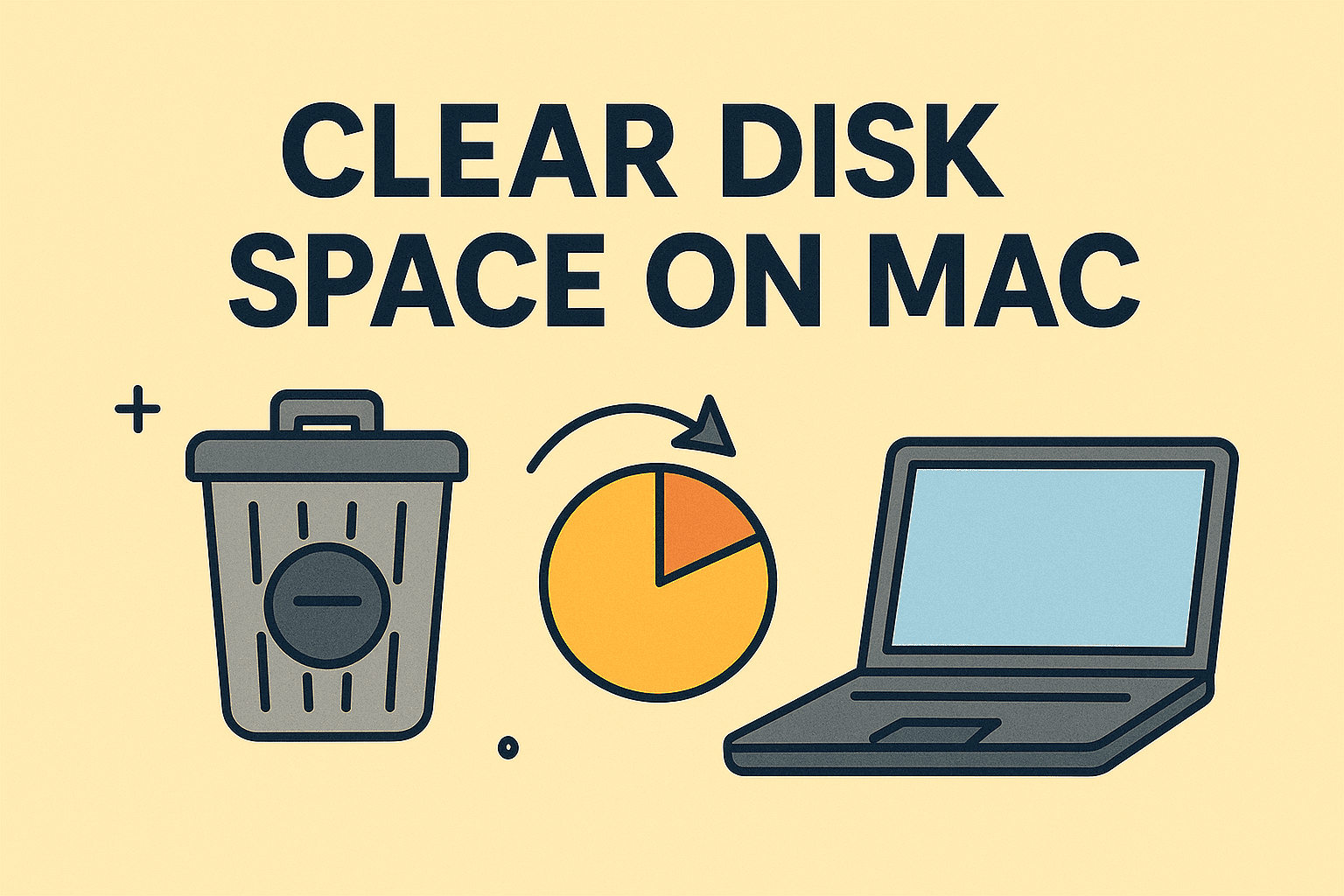Overclocking Your CPU for Better Performance in Windows Systems
Updated on September 10, 2025, by ITarian
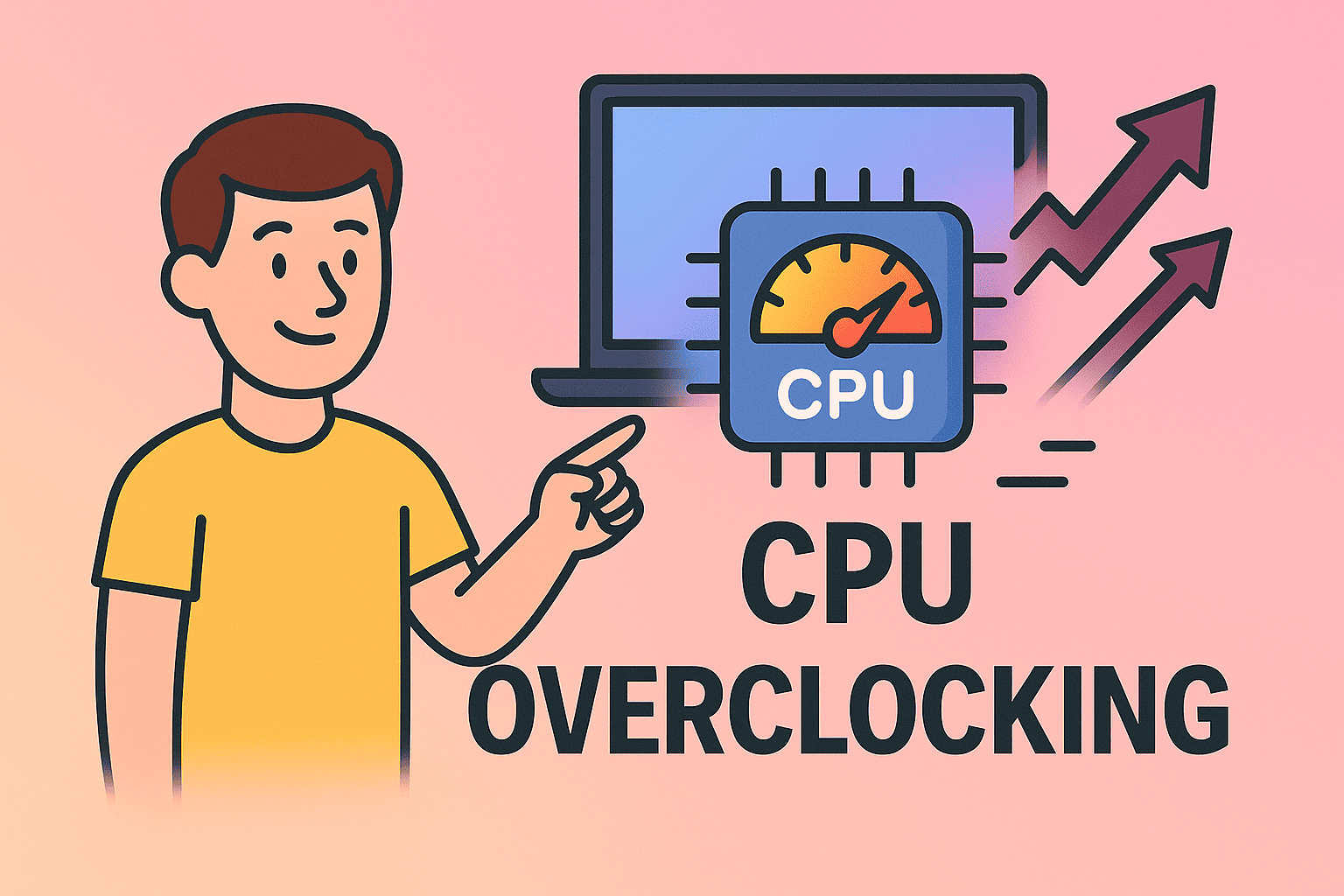
Is your computer running slower than expected, or are you looking to maximize performance without upgrading hardware? For IT managers, cybersecurity professionals, and advanced users, knowing how to OC CPU (overclock a CPU) can provide a significant performance boost.
Overclocking (OC) refers to running a processor at higher speeds than the manufacturer’s default setting. While this can deliver faster performance for applications, simulations, and workloads, it must be done carefully to avoid overheating, instability, or hardware damage.
This comprehensive guide will help you:
- Understand the basics of CPU overclocking.
- Learn step-by-step methods to safely overclock.
- Explore tools and best practices.
- Avoid common mistakes.
- Enhance security and system reliability while overclocking.
What Does Overclocking Mean?
CPU Overclocking Explained
Every CPU has a clock speed measured in GHz, which dictates how many operations it can perform per second. Manufacturers set a standard base speed. Overclocking increases that clock speed beyond its designed specification.
Why IT Leaders Should Care
- Performance Boost: Improve computing power for demanding workloads.
- Cost Savings: Extend the lifespan of older systems without buying new hardware.
- Customization: Tailor systems for specialized workloads, testing, or simulations.
Benefits of Overclocking
- Increased Speed – Applications like CAD, simulations, and data analytics run smoother.
- Enhanced Productivity – Faster processing for multitasking IT workloads.
- Optimized Gaming and Graphics – Better rendering for development and testing environments.
- Extended Hardware Value – More years of use from existing machines.
Risks of CPU Overclocking
Overclocking is powerful, but it comes with risks that IT managers should carefully consider:
- Overheating – CPUs generate more heat at higher speeds.
- System Instability – Poorly managed OC can cause crashes or reboots.
- Hardware Damage – Pushing beyond safe limits can shorten lifespan.
- Increased Power Consumption – Higher speeds demand more electricity.
Mitigation involves good cooling solutions, proper monitoring, and incremental tuning.
Preparing for CPU Overclocking
Before learning how to OC CPU, preparation is key:
1. Check CPU Compatibility
- Verify if your CPU supports overclocking (Intel “K” series or AMD Ryzen typically do).
2. Update BIOS
- Install the latest BIOS to ensure stability.
3. Invest in Cooling
- Use liquid cooling or high-performance air coolers.
4. Test Power Supply
- Ensure PSU has enough wattage for higher consumption.
5. Monitoring Software
- Install tools like CPU-Z, HWMonitor, or MSI Afterburner.
Step-by-Step: How to OC CPU
Step 1: Access BIOS/UEFI
- Restart PC and press Del, F2, or Esc depending on the motherboard.
- Navigate to Advanced CPU Configuration.
Step 2: Adjust CPU Multiplier
- Increase the multiplier gradually (e.g., from 36x to 38x).
- Save and restart.
Step 3: Modify CPU Voltage
- Slowly raise voltage if the system becomes unstable.
- Start with 1.25V – 1.35V, depending on CPU model.
Step 4: Stress Test
- Run tools like Prime95 or AIDA64 to test stability.
- Monitor temperatures; keep CPU under 85°C.
Step 5: Fine-Tune Settings
- Incrementally adjust multiplier and voltage.
- Repeat stress testing until stable performance is achieved.
Tools for Safe Overclocking
- Intel XTU (Extreme Tuning Utility): For Intel CPUs.
- AMD Ryzen Master: For AMD systems.
- MSI Afterburner: For monitoring CPU and GPU.
- CPU-Z: To verify clock speeds and voltage.
Best Practices for IT Managers
- Incremental Changes: Never increase frequency drastically.
- Regular Monitoring: Use hardware monitoring dashboards.
- Document Configurations: Record safe settings for recovery.
- Security Awareness: Overclocked systems can fail under high security workloads—test accordingly.
- Disaster Recovery Plan: Keep backups in case of hardware failure.
Common Mistakes to Avoid
- Skipping Cooling Upgrades: Leads to thermal throttling.
- Overvolting Excessively: Risks permanent CPU damage.
- Ignoring Stability Tests: Creates unreliable environments.
- Assuming All CPUs Can OC: Some models are locked by default.
Enterprise Use Cases
- High-Performance Computing (HPC): Overclocked CPUs for research simulations.
- Cybersecurity Stress Testing: Run heavy simulations for penetration testing.
- Virtualization: Improve responsiveness in virtual environments.
- Data Processing: Faster analytics and AI workloads.
Troubleshooting After Overclocking
- Frequent Crashes? Reduce clock multiplier.
- Overheating? Improve cooling system.
- System Won’t Boot? Clear CMOS or reset BIOS defaults.
- Voltage Too High? Lower it and retest.
FAQs
1. Is CPU overclocking safe?
Yes, when done incrementally with proper cooling and monitoring.
2. Can I overclock on a laptop?
Not recommended—laptops have limited cooling systems.
3. Will overclocking void my warranty?
In most cases, yes. Check manufacturer policies.
4. How much performance gain can I expect?
Typically, 10–30% depending on CPU model and cooling.
5. Do I need special software to overclock?
No, BIOS is enough. However, Intel XTU or Ryzen Master make it easier.
Conclusion
Learning how to OC CPU empowers IT managers, cybersecurity professionals, and advanced users to unlock more performance from existing systems. By carefully balancing clock speed, voltage, and cooling, you can achieve stable improvements while avoiding risks.
Whether you’re managing enterprise workloads, conducting simulations, or simply looking to optimize resources, controlled overclocking offers measurable benefits.
Strengthen IT Operations Beyond Overclocking
Overclocking boosts performance—but securing, managing, and monitoring systems is equally vital.
Sign up with Itarian to streamline IT operations, enhance cybersecurity, and keep your infrastructure future-ready.



